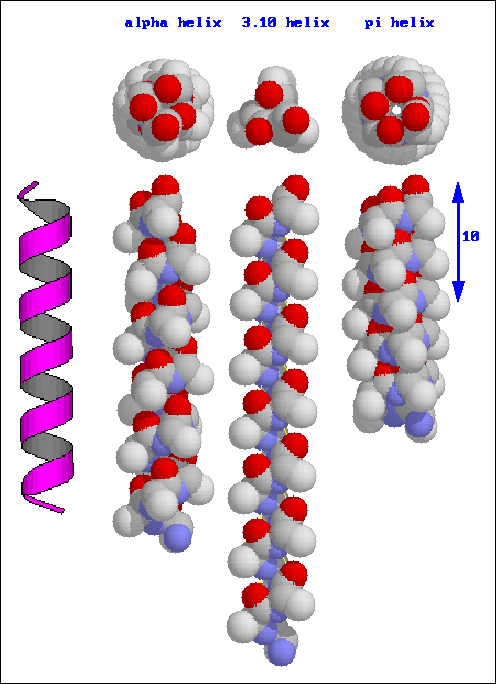Reductionism in Art
Modern Art portrays the concepts of reductionism in processes such as
abstraction and fragmentation.
 "Most significant painting...since Matisse's Joie de Vivre has been
reductive, [for the artist's] analysis breaks the original complete scene into
parts or separate dimensions of visual experience; reductionism is the
concentration on or the preoccupation with the refinement of one dimension
or aspect" (I).
"Most significant painting...since Matisse's Joie de Vivre has been
reductive, [for the artist's] analysis breaks the original complete scene into
parts or separate dimensions of visual experience; reductionism is the
concentration on or the preoccupation with the refinement of one dimension
or aspect" (I).

Abstraction: Modernist art is distincive, for it marks the switch
from a "preoccupation with portraying recognizable scenes or images" (I)
to a period of abstract style. Works by Matisse,
Leger, Kandinsky, and Mondrian portray this new abstraction.
Above, for example, is
Matisse's Mme Matisse: Madras Rouge which demonstrates an abstract
view of the human face and figure. To the Right and
Below: Mondrian's Broadway Boogie Woogie (which our
class saw at the Museum of Modern Art) reveals the modernist tradition of
the portrayal of minimal information and removal of distinct objects.

In general, abstraction involves "extreme reduction or
preoccupation with more elementary levels of perception" (I).
 Fragmentation: This style of reductionism is found in many works
from the periods of Impressionism and Neo-Impressionism when artists
studied the theories of color for analytical use in their paintings. To
see more on how reductionism relates to this area of modern art, click here.
Fragmentation: This style of reductionism is found in many works
from the periods of Impressionism and Neo-Impressionism when artists
studied the theories of color for analytical use in their paintings. To
see more on how reductionism relates to this area of modern art, click here.

 "Most significant painting...since Matisse's Joie de Vivre has been
reductive, [for the artist's] analysis breaks the original complete scene into
parts or separate dimensions of visual experience; reductionism is the
concentration on or the preoccupation with the refinement of one dimension
or aspect" (I).
"Most significant painting...since Matisse's Joie de Vivre has been
reductive, [for the artist's] analysis breaks the original complete scene into
parts or separate dimensions of visual experience; reductionism is the
concentration on or the preoccupation with the refinement of one dimension
or aspect" (I).


 Fragmentation: This style of reductionism is found in many works
from the periods of Impressionism and Neo-Impressionism when artists
studied the theories of color for analytical use in their paintings. To
see more on how reductionism relates to this area of modern art,
Fragmentation: This style of reductionism is found in many works
from the periods of Impressionism and Neo-Impressionism when artists
studied the theories of color for analytical use in their paintings. To
see more on how reductionism relates to this area of modern art,